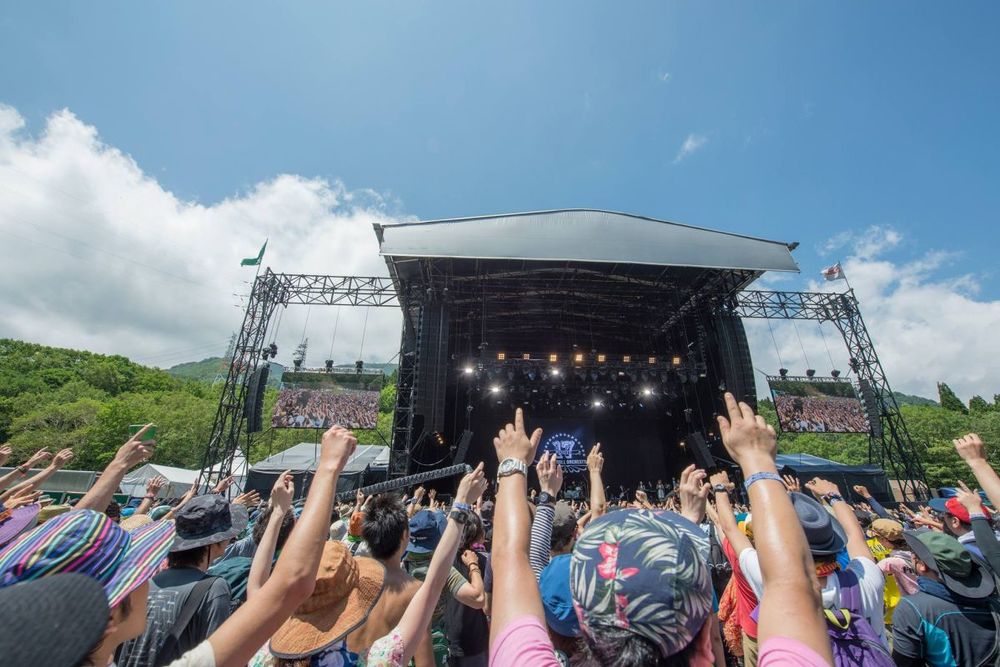If you’re visiting Tokyo this summer, take time out to attend the famous Fuji Rock Festival in Niigata from 24 to 26 July. Baroque Access has all the details

The most famous rock festival in South East Asia, and in Japan, is the Fuji Rock Festival, which takes place at the Naeba Ski Resort in Niigata Prefecture near Tokyo at the end of July every year. More than 100,000 people flock there to enjoy the best local and international bands and DJs.

Located in a magnificent mountain forest in one of Japan’s largest ski resorts, the 3-day Fuji Rock Festival becomes the base for numerous top international bands as well as the very best in the Japanese music world.
Not only is this festival large, it’s also the country’s very first outdoor rock festival. The initial one was held in 1997 near Mount Fuji, but a typhoon struck on the first day of the 2-day event, and it was cancelled. Luckily there were no injuries. The festival has been held every year since then, in the Naeba Ski Resort.

The venue boasts several stages that are scattered around the venue. The Green Stage, which can accommodate up to 40,000 spectators, is the festival’s main outdoor stage. This is where the headline bands perform. It’s equipped with large screens so that spectators have an excellent view. The only indoor stage is the Red Marquee, which has a capacity of 5,000.

Other stages include the Orange Court, White Stage and Field of Heaven. But that’s not all, What makes the festival even more unique are the various impromtu performances by Japanese bands tucked away in the forest, not to mention the hot spring spa where visitors come to ease their legs after dancing too much. Visitors can also enjoy drumming lessons at the Stoned Circle, or embark on a forest boardwalk trail, which is full of hammock sites and takes one through the forest between all the main stages.
A highlight of the festival is the Dragondola, a cable-car, is the longest gondola lift in the world that transports visitors 5km up to the top of the mountain for a magnificent panoramic view of the entire site. Dining options are numerous, and include a selection of international cuisines, including Japanese, African and Hawaiian.

This popular festival is also renowned as the cleanest music festival in the world. A huge effort is put into recycling – in fact, trash bags and toilet rolls are made from paper cups used in the previous year’s festival and electricity is produced from biodiesel and solar power to reduce carbon emissions.
